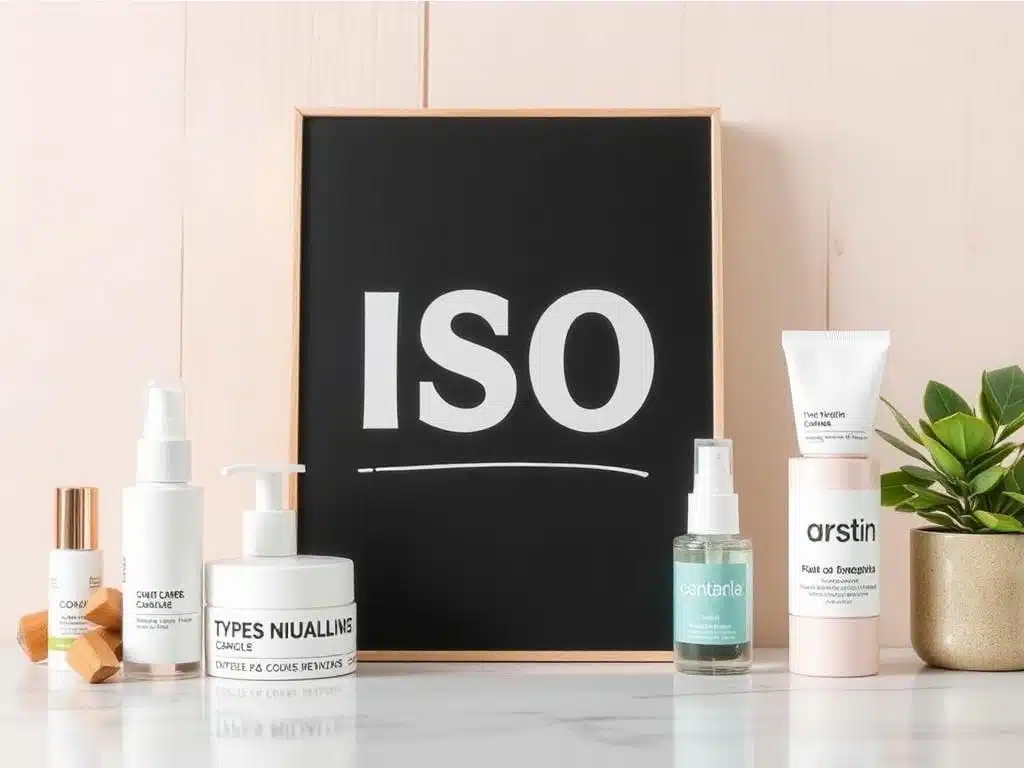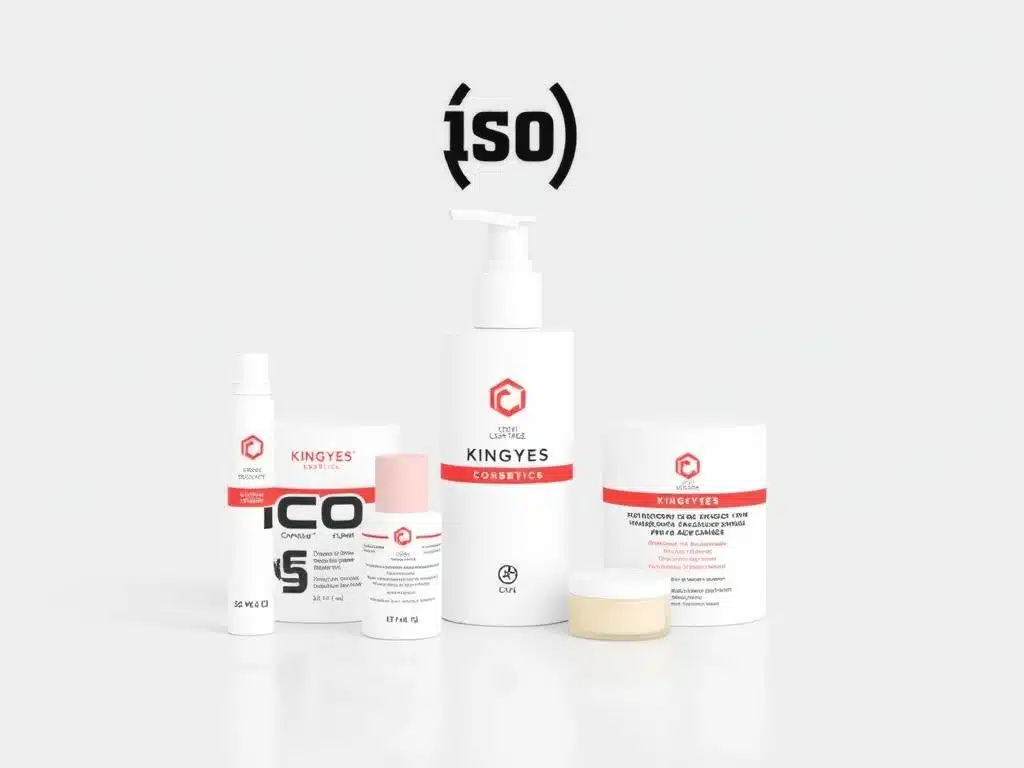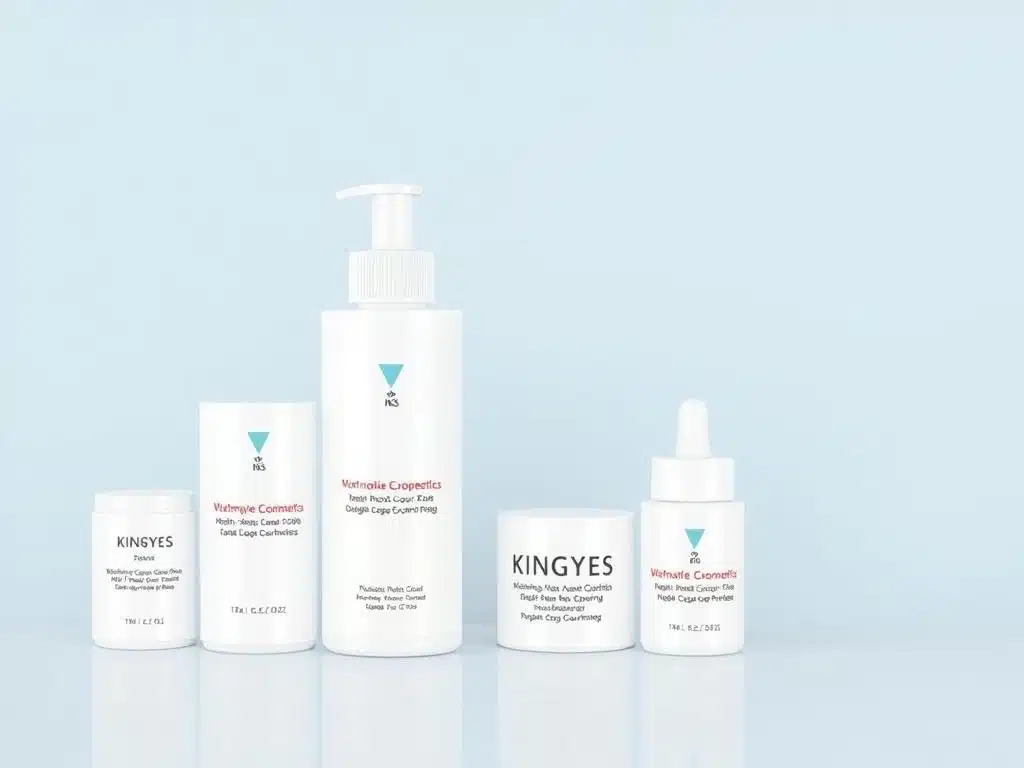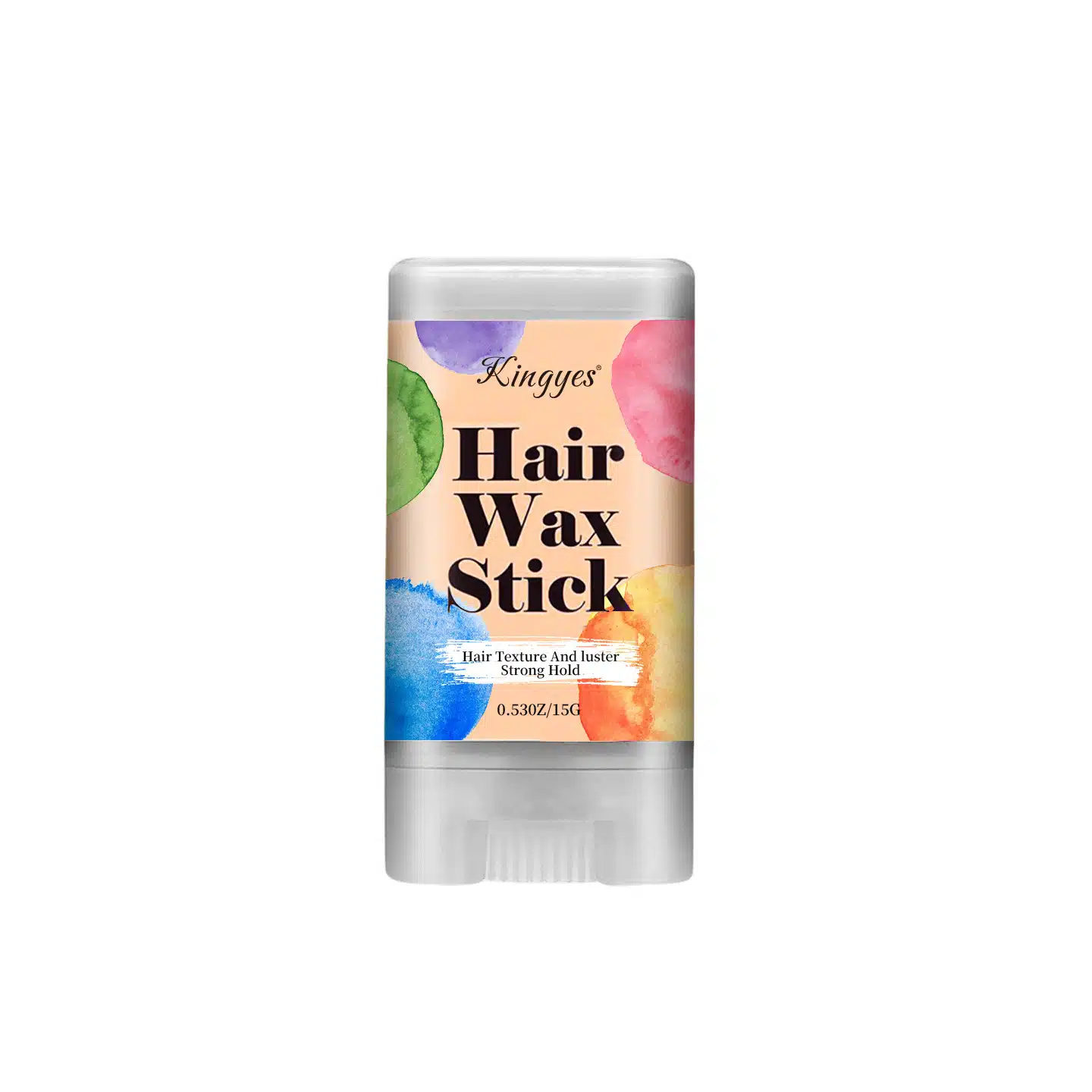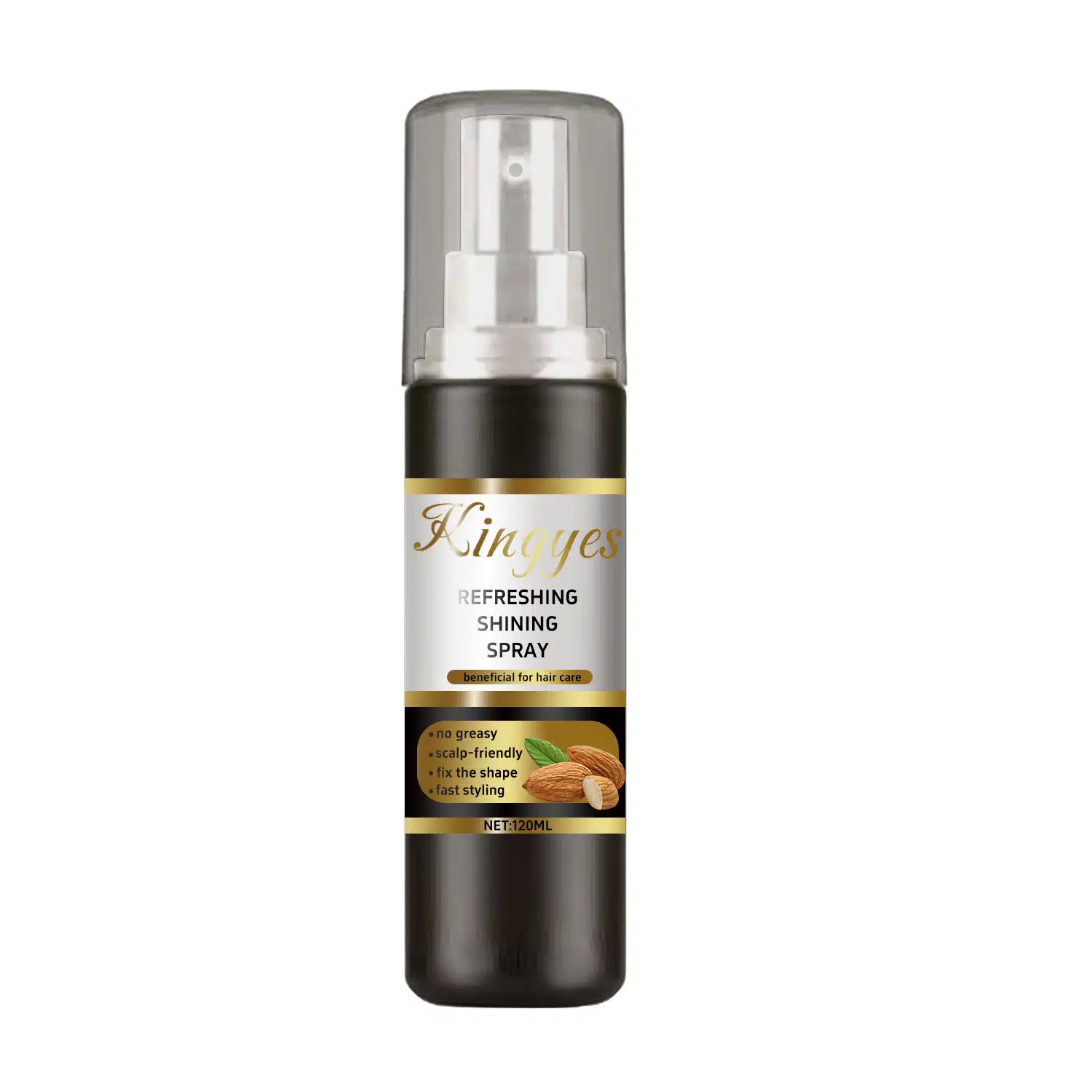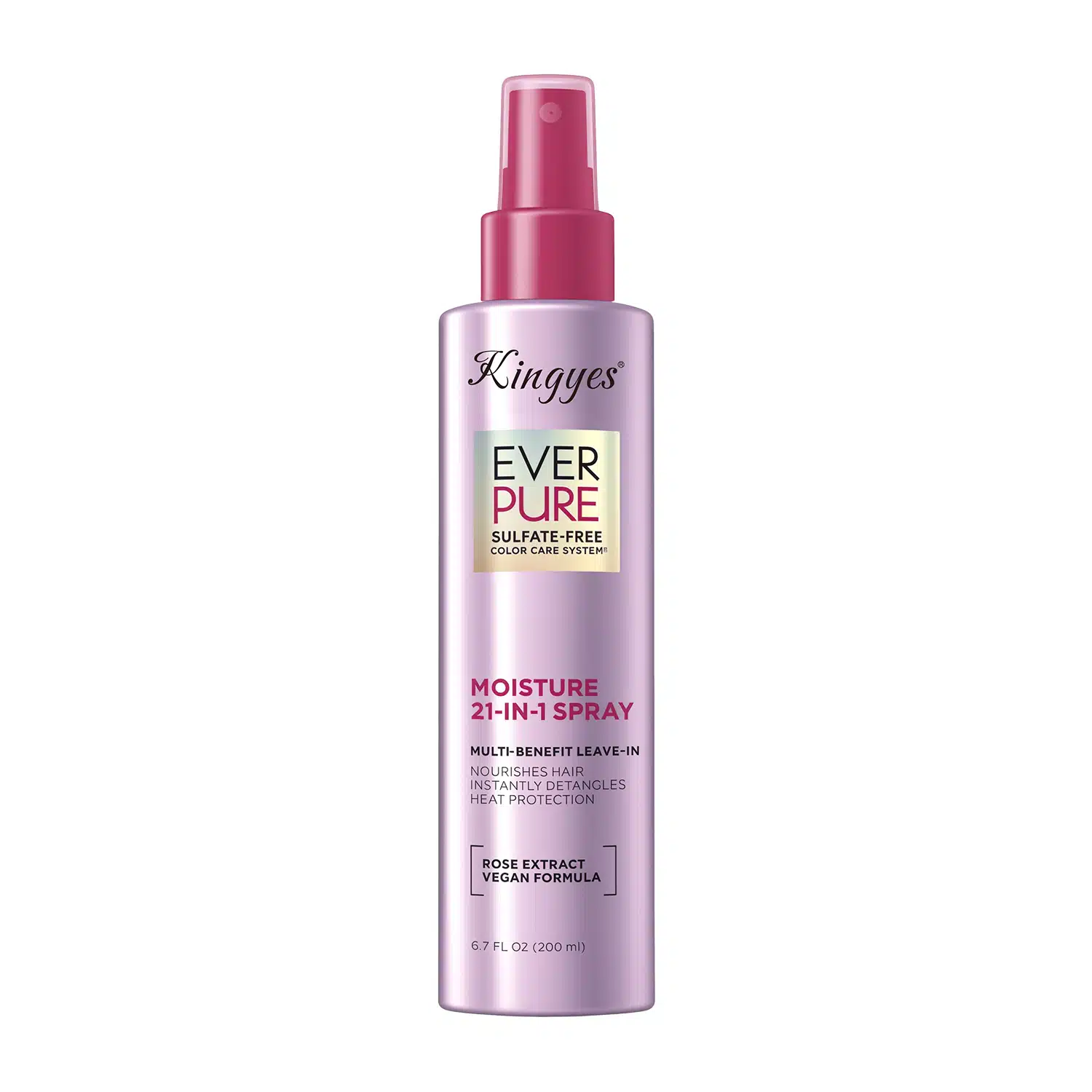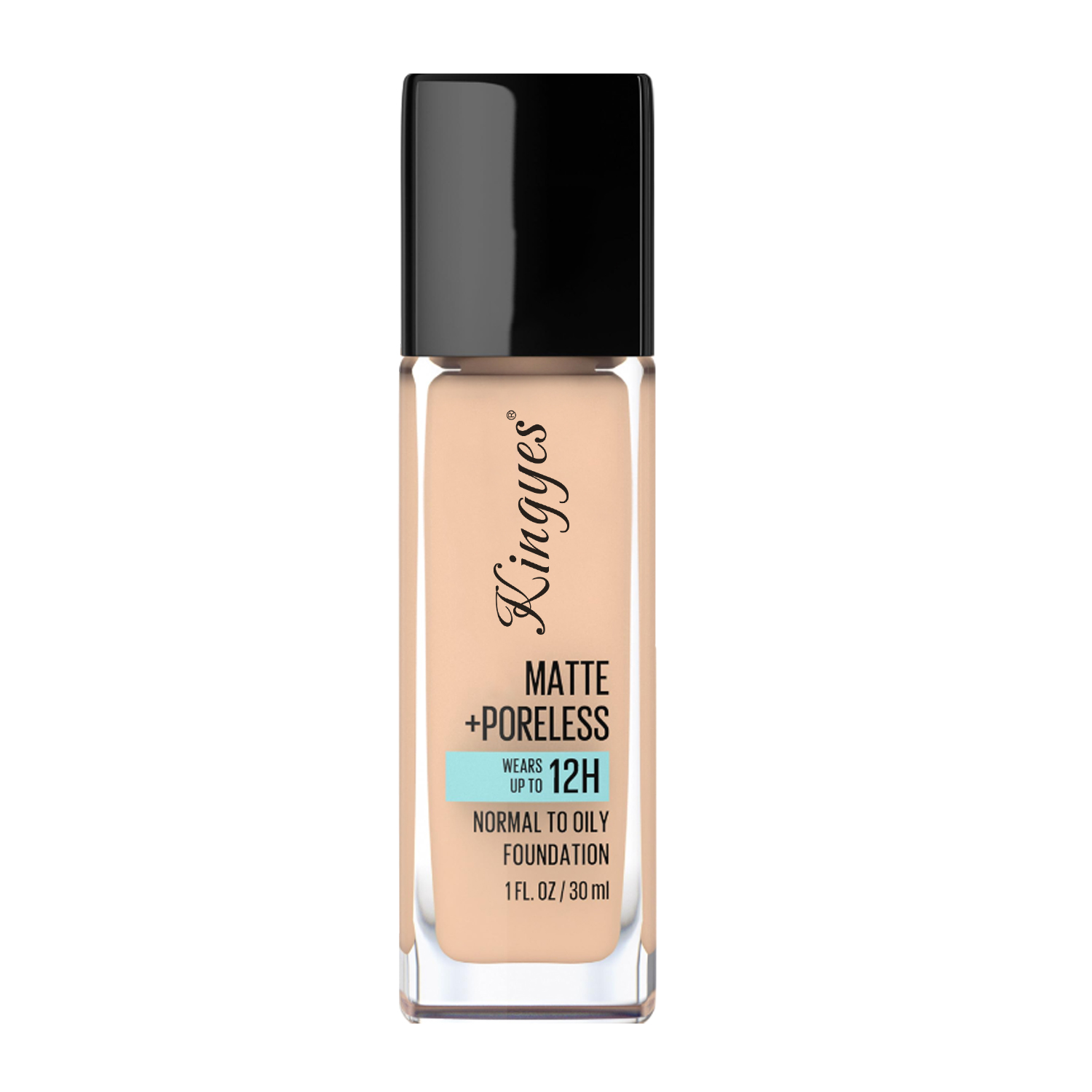
What Are The ISO Standards For Cosmetics?
Table of Contents
Unlocking Excellence: Your Guide to ISO 22716 Certification for Cosmetics GMP
In the competitive world of cosmetics, ensuring product quality and safety is paramount. This is where ISO 22716 certification comes into play. ISO 22716 provides a comprehensive framework for Good Manufacturing Practices (GMP) tailored specifically for the cosmetic industry. This article serves as your ultimate guide to understanding ISO 22716, exploring its significance, the certification process, and the benefits it brings to cosmetic companies. If you’re involved in cosmetics production or simply curious about the standards that ensure the safety and quality of your favorite beauty products, this guide will provide valuable insights into the world of cosmetics GMP and ISO 22716 certification.
What is ISO 22716? Understanding the Basics
ISO 22716 is an international standard that provides guidelines for Good Manufacturing Practices (GMP) in the cosmetics industry. It was developed by the International Organization for Standardization (ISO) to address the specific needs and challenges of cosmetics production. The standard outlines a comprehensive approach to quality management throughout the entire production process, from raw material sourcing to the distribution of finished products. ISO 22716 is designed to help cosmetic companies ensure the safety, quality, and consistency of their products. The ISO 22716 standard is globally recognized.
ISO 22716 is based on the principles of Good Manufacturing Practices (GMP), which are a set of guidelines that ensure products are consistently produced and controlled according to quality standards. GMP covers all aspects of production, including premises, equipment, personnel, raw materials, production processes, quality control, documentation, and handling of complaints and recalls. ISO 22716 tailors these GMP principles specifically to the cosmetics industry, taking into account the unique characteristics of cosmetic products and their manufacturing processes. ISO 22716 provides specific guidance on topics such as cleaning and sanitization, pest control, water quality, and the handling of specific types of cosmetic ingredients. The ISO 22716 standard is a vital tool for the cosmetic industry.
The Importance of ISO 22716 for the Cosmetic Industry
ISO 22716 plays a crucial role in the cosmetic industry by providing a globally recognized framework for ensuring product safety and quality. Adhering to this standard helps cosmetic manufacturers to:
- Enhance Consumer Safety: ISO 22716 emphasizes the implementation of good manufacturing practices that minimize the risk of contamination, errors, and other issues that could compromise the safety of cosmetic products. By following the standard, cosmetic companies can demonstrate their commitment to consumer safety. This helps to build trust with consumers.
- Improve Product Quality: The standard provides guidelines for controlling all stages of the production process, from raw material selection to finished product testing and storage. This helps to ensure that cosmetic products are of consistent quality and meet the desired specifications. ISO 22716 promotes a focus on continuous improvement in product quality.
- Meet Regulatory Requirements: While ISO 22716 is a voluntary standard, it is often referenced by regulatory authorities around the world as a benchmark for cosmetics GMP. Adhering to ISO 22716 can help cosmetic companies comply with cosmetics regulation and avoid potential legal issues. The standard is widely recognized by regulatory bodies.
- Facilitate International Trade: As an international standard, ISO 22716 can facilitate international trade by providing a common framework for quality management that is recognized and accepted globally. This can help cosmetic companies access new markets and expand their business internationally. The standard helps to create a level playing field for cosmetic companies around the world.
- Build Consumer Trust: ISO 22716 certification demonstrates a company’s commitment to quality and safety, which can enhance consumer trust and brand reputation. Consumers are increasingly looking for products that are manufactured to high quality standards, and ISO 22716 certification can provide that assurance. ISO 22716 helps companies to build consumer confidence.
The importance of ISO 22716 cannot be overstated. For the cosmetic industry, ISO 22716 is not just a set of guidelines; it’s a crucial tool for ensuring product safety, enhancing product quality, meeting regulatory expectations, and building consumer trust.
Key Principles of ISO 22716 Good Manufacturing Practices for Cosmetics
ISO 22716 is built upon several key principles that underpin good manufacturing practices in cosmetics. These principles guide cosmetic manufacturers in establishing and maintaining effective quality management systems. Understanding these principles is essential for anyone seeking to implement or comply with ISO 22716.
- Quality Management System: ISO 22716 emphasizes the importance of establishing and maintaining a documented quality management system that covers all aspects of cosmetics production. This system should define roles and responsibilities, establish procedures for key processes, and provide a framework for continuous improvement. The quality management system should be tailored to the specific needs and operations of each cosmetic company. This is a core principle of the standard.
- Personnel: The standard recognizes that personnel play a critical role in ensuring product quality and safety. ISO 22716 requires that all personnel involved in cosmetics manufacturing be adequately trained and qualified for their assigned tasks. They should have a clear understanding of GMP principles and their specific responsibilities within the quality management system.
- Premises and Equipment: ISO 22716 provides guidelines for the design, construction, and maintenance of cosmetics manufacturing facilities and equipment. Premises should be designed to prevent contamination, facilitate cleaning and sanitation, and allow for the orderly flow of materials and personnel. Equipment should be suitable for its intended use, properly maintained, and regularly cleaned and calibrated.
- Raw Materials and Packaging: The standard addresses the sourcing, handling, and storage of raw materials and packaging materials. Cosmetic manufacturers must establish specifications for all incoming materials and verify that they meet these specifications through appropriate testing. Materials should be stored under proper conditions to maintain their quality and prevent degradation or contamination.
- Production: ISO 22716 outlines requirements for controlling all stages of the cosmetics production process, from weighing and mixing ingredients to filling and packaging the finished products. Manufacturers must follow documented procedures, control critical process parameters, and monitor the production process to ensure consistency and quality.
- Finished Products: The standard provides guidelines for the release, storage, and shipment of cosmetic products. Finished products should undergo appropriate testing to verify that they meet the established specifications before being released for distribution. Proper storage conditions should be maintained throughout the supply chain to protect product quality.
- Quality Control Laboratory: ISO 22716 addresses the role of the quality control laboratory in testing raw materials, in-process samples, and finished products. The standard provides guidance on laboratory practices, including test methods, equipment calibration, and the handling of test results.
- Internal Audits, Documentation, and Continuous Improvement: The standard emphasizes the importance of regular internal audits to verify compliance with ISO 22716 and identify areas for improvement. Thorough documentation of all GMP-related activities is essential. ISO 22716 also promotes a culture of continuous improvement, encouraging cosmetic companies to regularly review their processes and seek ways to enhance product quality and safety.
These key principles provide a comprehensive framework for establishing and maintaining effective good manufacturing practices for cosmetics. They are the foundation of ISO 22716.
How to Get ISO 22716 Certification: A Step-by-Step Guide
Obtaining ISO 22716 certification is a significant undertaking that requires a systematic approach and a commitment to implementing and maintaining Good Manufacturing Practices (GMP). Here’s a step-by-step guide to help cosmetic companies navigate the certification process:
- Understand the Standard: The first step is to thoroughly understand the requirements of ISO 22716. Obtain a copy of the standard and familiarize yourself with its clauses and guidelines. Consider attending training courses or seeking expert advice to gain a deeper understanding of the standard’s cosmetics good manufacturing practices.
- Conduct a Gap Analysis: Compare your current quality management system and manufacturing practices against the requirements of ISO 22716. Identify any areas where you do not meet the standard and develop a plan to address these gaps. This is an important first step to get ISO 22716.
- Develop and Implement a Quality Management System: Based on the gap analysis, develop and implement a quality management system that complies with ISO 22716. This will involve creating or updating documented procedures, work instructions, forms, and other documents that define how you will meet the standard’s requirements. You will need to implement processes for controlling all aspects of your operations, from raw material sourcing to the distribution of finished products.
- Train Personnel: Provide comprehensive training to all personnel involved in cosmetics manufacturing and quality control on the principles of GMP, the requirements of ISO 22716, and their specific roles and responsibilities within the quality management system. This is a vital step in the certification process.
- Conduct Internal Audits: Regularly conduct internal audits to verify that your quality management system is effectively implemented and maintained. Internal audits should be conducted by trained personnel who are independent of the area being audited. Use the audits to identify any non-conformities or areas for improvement.
- Select a Certification Body: Choose an accredited certification body to conduct the ISO 22716 certification audit. Ensure that the certification body has experience auditing cosmetic companies and is recognized internationally. The certification body will assess your compliance with ISO 22716.
- Undergo the Certification Audit: The certification body will conduct an on-site audit of your cosmetic manufacturing facilities and quality management system. The audit will typically involve a review of your documentation, interviews with personnel, and an inspection of your operations. The auditors will assess your compliance with good manufacturing practices.
- Address Non-Conformities: If the audit identifies any non-conformities with ISO 22716, you will need to implement corrective actions to address these issues. The certification body will typically require evidence that the corrective actions have been effectively implemented before granting certification.
- Obtain Certification: Once the certification body is satisfied that you meet the requirements of ISO 22716, they will issue an ISO 22716 certificate. This certificate demonstrates that your quality management system and manufacturing practices conform to the international standard for cosmetics GMP.
- Maintain Certification: ISO 22716 certification is typically valid for three years, subject to annual surveillance audits by the certification body. You must continue to maintain and improve your quality management system to ensure ongoing compliance with the standard. You must follow the ISO guidelines.
ISO 22716 certification is a valuable asset for cosmetic companies. Obtaining certification can be a complex process, but it demonstrates a company’s commitment to quality and safety and can provide a significant competitive advantage in the cosmetic industry.
The Benefits of ISO 22716 Certification for Cosmetic Companies
ISO 22716 certification offers a wide range of benefits for cosmetic companies, both in terms of internal operations and external perception. These benefits include:
- Enhanced Product Quality and Safety: Implementing ISO 22716 helps to ensure that cosmetic products are consistently produced to meet the highest quality and safety standards. By adhering to GMP principles, companies can minimize the risk of contamination, errors, and other issues that could compromise product quality or pose a risk to consumers. This is arguably the most important benefit.
- Improved Operational Efficiency: ISO 22716 promotes a systematic approach to quality management, which can help to streamline operations, reduce waste, and improve overall efficiency. By implementing standardized procedures and controls, cosmetic companies can optimize their manufacturing processes and reduce the likelihood of errors or deviations. This leads to cost savings and improved productivity.
- Increased Customer Confidence: ISO 22716 certification demonstrates a company’s commitment to quality and safety, which can enhance customer confidence and build brand loyalty. Consumers are increasingly seeking out products that are manufactured to high quality standards, and ISO 22716 certification can provide that assurance. This can also lead to enhanced brand reputation.
- Better Regulatory Compliance: ISO 22716 is recognized by regulatory authorities worldwide as the benchmark for cosmetics GMP. Adhering to this standard can help cosmetic companies comply with cosmetics regulation and avoid potential legal issues. ISO 22716 provides a framework for meeting regulatory requirements in many countries.
- Facilitated International Trade: As an international standard, ISO 22716 can facilitate international trade by providing a common framework for quality management that is recognized globally. This can help cosmetic companies access new markets and expand their business internationally. ISO certification is often a requirement for doing business with international partners.
- Competitive Advantage: ISO 22716 certification can provide a significant competitive advantage in the marketplace. It demonstrates a commitment to quality that can differentiate a company from its competitors and attract customers who prioritize product quality and safety. Many retailers and distributors prefer to work with ISO 22716 certified suppliers.
- Reduced Risk of Recalls and Complaints: By implementing a robust quality management system and adhering to GMP, cosmetic companies can minimize the risk of product recalls, consumer complaints, and adverse events. This can protect the company’s reputation and avoid costly and disruptive product withdrawals.
- Improved Supply Chain Management: ISO 22716 includes requirements for the selection and evaluation of suppliers, which can help to improve the overall quality and reliability of the supply chain. By ensuring that raw materials and components meet the required specifications, cosmetic companies can reduce the risk of quality issues in their finished products.
ISO 22716 certification provides a comprehensive framework for managing quality and safety throughout the cosmetics production process. ISO 22716 certification offers many advantages. The benefits of ISO 22716 certification extend beyond regulatory compliance; they encompass operational improvements, enhanced consumer trust, and a stronger position in the global cosmetics market.
Comparing ISO 22716 with Other Quality Standards (ISO 9001)
While ISO 22716 is specifically designed for the cosmetic industry, it shares some similarities with other quality management system standards, such as ISO 9001. Understanding the relationship between these standards can be helpful for companies that are already certified to ISO 9001 or are considering implementing both standards.
ISO 9001 is a general quality management system standard that can be applied to any industry or organization, regardless of its size or the type of products or services it provides. It sets out the criteria for a quality management system based on several quality management principles, including a strong customer focus, the involvement of top management, a process approach, and continual improvement. ISO 9001 provides a framework for organizations to establish, implement, maintain, and continually improve their quality management systems.
ISO 22716, on the other hand, is specifically tailored to the cosmetic industry and focuses on Good Manufacturing Practices (GMP) for cosmetics production. While it incorporates many of the same principles as ISO 9001, such as the process approach and continual improvement, it provides more detailed and specific guidance on topics that are particularly relevant to cosmetic manufacturing, such as:
- Personnel hygiene and training
- Premises and equipment cleaning and sanitization
- Raw material and packaging material control
- Production process control
- Laboratory controls
- Handling of out-of-specification results
- Waste management
- Subcontracting
- Complaints and recalls
Here’s a table summarizing the key differences between ISO 9001 and ISO 22716:
| Feature | ISO 9001 | ISO 22716 |
|---|---|---|
| Scope | Generic quality management system standard applicable to any industry | Specific guidelines for Good Manufacturing Practices (GMP) in the cosmetic industry |
| Focus | Establishing and maintaining a quality management system to meet customer and regulatory requirements | Ensuring the quality and safety of cosmetic products through the implementation of GMP |
| Structure | Based on the Plan-Do-Check-Act (PDCA) cycle and a process approach | Organized into specific clauses addressing key aspects of cosmetic manufacturing, such as personnel, premises, equipment, production, and quality control |
| Certification | Certification demonstrates that an organization has a robust quality management system in place | Certification demonstrates that a cosmetic company adheres to GMP and has implemented a quality management system tailored to cosmetics production |
| Industry Applicability | Applicable to any industry or organization, regardless of size or type of product/service | Specifically designed for the cosmetic industry |
| Level of Detail | Provides a general framework for quality management | Provides detailed and specific guidance on GMP for cosmetics |
| Relationship to GMP | Does not specifically address GMP | Focuses on GMP for cosmetics |
| Pre-market Approval | Does not address pre-market approval requirements | Does not address pre-market approval requirements (cosmetics are not subject to pre-market approval by the FDA) |
ISO 9001 quality management system can provide a good foundation for implementing ISO 22716. Many cosmetic companies that are already certified to ISO 9001 find that they already meet many of the requirements of ISO 22716. However, ISO 22716 goes further by providing specific guidance on cosmetics GMP, which is not covered in ISO 9001. ISO 9001 and ISO 22716 are complementary standards.
The Role of GMP Certification in Ensuring Cosmetic Safety
GMP certification, whether through ISO 22716 or other recognized GMP standards, plays a crucial role in ensuring the safety of cosmetic products. By implementing and adhering to GMP principles, cosmetic manufacturers can minimize the risks associated with cosmetic production and demonstrate their commitment to producing safe and high-quality products. GMP certification provides assurance that a cosmetic company has implemented a robust quality management system and follows good manufacturing practices.
Here’s how GMP certification contributes to cosmetic safety:
- Preventing Contamination: GMP guidelines include detailed procedures for cleaning and sanitizing equipment, controlling the manufacturing environment, and preventing cross-contamination between different products. This helps to minimize the risk of microbial, chemical, or physical contamination of cosmetic products, which could pose a threat to consumer safety. GMP certification ensures that these procedures are in place and followed consistently.
- Ensuring Raw Material Quality: GMP requires cosmetic manufacturers to establish specifications for all raw materials and to verify that incoming materials meet these specifications through appropriate testing. This helps to ensure that only safe and suitable ingredients are used in cosmetic products. GMP certification also includes requirements for supplier selection and evaluation, further enhancing the safety and quality of raw materials.
- Controlling the Manufacturing Process: GMP guidelines provide a framework for controlling all stages of the manufacturing process, from weighing and mixing ingredients to filling and packaging the finished products. By following documented procedures and monitoring critical parameters, cosmetic manufacturers can ensure that their products are consistently produced to meet the required safety standards.
- Product Testing: GMP emphasizes the importance of product testing to verify the safety, quality, and efficacy of cosmetic products. This includes testing for microbial contamination, stability, and the presence of any harmful substances. GMP certification ensures that appropriate testing is conducted and that the results are properly documented.
- Traceability and Recall Procedures: GMP requires thorough documentation and traceability of all manufacturing and quality control activities. This allows for rapid identification and resolution of any quality issues and facilitates product recalls if necessary. GMP certification also includes requirements for establishing and testing recall procedures.
GMP certification provides a valuable tool for cosmetic companies to demonstrate their commitment to product safety and quality. By implementing and maintaining a certified GMP system, cosmetic manufacturers can enhance consumer confidence, meet regulatory expectations, and reduce the risks associated with cosmetic production. GMP is a vital component of cosmetic quality control.
Challenges in Implementing and Maintaining ISO 22716
While ISO 22716 certification offers numerous benefits, implementing and maintaining an ISO 22716-compliant quality management system can pose several challenges for cosmetic companies:
- Resource Commitment: Implementing ISO 22716 requires a significant investment of time, effort, and resources. Companies may need to allocate personnel, develop and update documentation, provide training, upgrade facilities or equipment, and engage external consultants or certification bodies. Maintaining certification also requires ongoing resources for internal audits, management reviews, and surveillance audits by the certification body.
- Documentation Burden: ISO 22716 requires extensive documentation of all GMP-related activities, which can be time-consuming and challenging to manage. Companies need to develop and maintain a comprehensive set of procedures, work instructions, forms, and records that cover all aspects of their operations. This can place a significant administrative burden on staff, particularly in smaller companies with limited resources.
- Training and Competency: Ensuring that all personnel involved in cosmetics manufacturing and quality control are adequately trained and competent can be an ongoing challenge. Companies need to provide regular training on GMP principles, ISO 22716 requirements, and specific job-related procedures. Maintaining training records and assessing the effectiveness of training programs are also important aspects of compliance with ISO 22716.
- Supply Chain Management: ISO 22716 includes requirements for the selection and evaluation of suppliers. Ensuring the quality and safety of raw materials and components sourced from external suppliers can be challenging, particularly when dealing with complex global supply chains. Cosmetic companies need to implement robust supplier management processes, including supplier audits, raw material specifications, and incoming material testing.
- Keeping Up with Changes: ISO 22716 and cosmetics GMP guidelines may be updated periodically to reflect changes in regulations, scientific knowledge, and industry best practices. Cosmetic companies need to stay informed about these changes and update their quality management systems accordingly. This requires ongoing monitoring of regulatory developments and participation in industry forums and training programs.
- Balancing Flexibility and Control: ISO 22716 provides a framework for GMP, but it also allows for flexibility in how companies implement the requirements. Finding the right balance between maintaining control over processes and allowing for flexibility and innovation can be challenging. Companies need to carefully design their quality management systems to meet both ISO 22716 requirements and their specific operational needs.
- Audits and Inspections: Undergoing certification and surveillance audits by external certification bodies can be a stressful and demanding process for cosmetic companies. Companies need to be well-prepared for audits and able to demonstrate their compliance with ISO 22716 through documentation, records, and interviews. They also need to address any non-conformities identified during audits in a timely and effective manner.
Overcoming these challenges requires a strong commitment from top management, effective communication and training, and a willingness to invest in the necessary resources. It is crucial that companies allocate the necessary resources.
The Future of ISO 22716 and Cosmetics GMP
The field of cosmetics GMP and the ISO 22716 standard are continuously evolving to keep pace with changes in the cosmetic industry, advancements in science and technology, and evolving regulatory expectations. Some key trends that are likely to shape the future of ISO 22716 and cosmetics GMP include:
- Harmonization of Global Standards: Efforts are underway to harmonize cosmetic regulations and GMP standards globally. This will simplify compliance for companies operating in multiple markets and help to ensure consistent product quality and safety worldwide. The International Cooperation on Cosmetics Regulation (ICCR), a voluntary international group of cosmetic regulatory authorities, is actively working towards greater harmonization of cosmetics regulations and standards.
- Increased Focus on Risk Management: Future revisions of ISO 22716 are likely to place greater emphasis on risk management principles. This will involve a more systematic approach to identifying, assessing, controlling, and monitoring risks throughout the product lifecycle. Cosmetic companies will need to implement risk-based thinking and decision-making in their quality management systems.
- Digitalization and Automation: The use of digital technologies and automation is increasing in the cosmetic industry, including in quality control and GMP activities. This includes the use of electronic documentation systems, laboratory information management systems (LIMS), automated manufacturing and testing equipment, and data analytics tools. These technologies can help to improve efficiency, reduce human error, and enhance data integrity.
- Sustainability: Sustainability is becoming an increasingly important consideration in the cosmetic industry. Future versions of ISO 22716 may incorporate more guidance on sustainable practices, such as reducing energy and water consumption, minimizing waste generation, and using eco-friendly packaging materials. Cosmetic companies will need to consider the environmental impact of their operations and seek ways to improve their sustainability performance.
- Personalized Cosmetics: The trend towards personalized cosmetics, where products are tailored to individual consumers’ needs and preferences, is creating new challenges for GMP and quality control. Cosmetic manufacturers will need to develop flexible manufacturing processes that can accommodate small batch sizes and customized formulations while maintaining product quality and safety.
- Enhanced Supply Chain Transparency: There is a growing demand for greater transparency and traceability throughout the cosmetic supply chain. This includes providing consumers with more information about the origin and sourcing of ingredients, as well as the manufacturing and quality control processes used. Technologies such as blockchain may play an increasing role in enhancing supply chain transparency.
The future of ISO 22716 and cosmetics GMP will be shaped by a combination of factors, including regulatory developments, technological advancements, evolving consumer expectations, and emerging scientific knowledge. Cosmetic companies that stay informed about these trends and proactively adapt their quality management systems will be well-positioned to succeed in the dynamic and competitive cosmetics market.
Beyond Certification: Building a Culture of Quality
While ISO 22716 certification is an important achievement for cosmetic companies, it’s essential to recognize that certification alone is not enough to guarantee product quality and safety. Building a true culture of quality requires ongoing commitment, leadership, and engagement from everyone in the organization, from top management to production line workers.
Here are some key elements of a strong quality culture in the cosmetic industry:
- Management Commitment: Top management must demonstrate a clear and unwavering commitment to quality and safety. This includes establishing a quality policy, setting quality objectives, providing the necessary resources, and actively participating in the quality management system.
- Employee Empowerment: All employees should be empowered to contribute to quality and safety. This means providing them with the necessary training, tools, and authority to identify and address quality issues and to suggest improvements to processes and procedures.
- Continuous Improvement: A culture of quality involves a commitment to continuous improvement. Cosmetic companies should regularly review their quality management systems, manufacturing processes, and product quality data to identify areas for improvement and implement corrective and preventive actions.
- Customer Focus: Quality should always be defined in terms of meeting or exceeding customer expectations. Cosmetic companies should actively seek and listen to customer feedback, monitor customer satisfaction, and use this information to drive improvements in product quality and service.
- Data-Driven Decision-Making: Decisions related to quality and safety should be based on data and evidence, rather than assumptions or guesswork. This involves collecting and analyzing data from various sources, such as product testing, process monitoring, internal audits, and customer feedback.
- Collaboration and Communication: Effective communication and collaboration are essential for maintaining a strong quality culture. This includes communication between different departments, such as R&D, manufacturing, quality control, and marketing, as well as communication with suppliers, customers, and regulatory authorities.
- Risk Management: A culture of quality involves proactively identifying, assessing, and managing risks throughout the product lifecycle. This includes implementing measures to prevent quality issues from occurring, as well as having plans in place to address any issues that do arise.
Building a strong culture of quality takes time and effort, but it’s essential for long-term success in the cosmetic industry. ISO 22716 certification can provide a framework for establishing and maintaining a quality management system, but it’s ultimately up to each company to embrace quality as a core value and to embed it in every aspect of their operations. Cosmetic GMP guidelines are an essential element in developing a culture of quality.
Key Things to Remember:
- ISO 22716 is an international standard that provides guidelines for Good Manufacturing Practices (GMP) in the cosmetics industry.
- ISO 22716 certification demonstrates that a cosmetic company has implemented a quality management system that complies with GMP principles and is tailored to the specific needs of cosmetics production.
- The certification process involves understanding the standard, conducting a gap analysis, developing and implementing a quality management system, training personnel, conducting internal audits, undergoing a certification audit by an accredited certification body, addressing any non-conformities, obtaining certification, and maintaining certification through ongoing surveillance audits and continuous improvement.
- ISO 22716 certification offers numerous benefits to cosmetic companies, including enhanced product quality and safety, improved operational efficiency, increased customer confidence, better regulatory compliance, facilitated international trade, and a competitive advantage.
- ISO 22716 is based on GMP principles and covers key areas such as personnel, premises, equipment, raw materials, production, finished products, quality control laboratories, handling of out-of-specification results, waste management, subcontracting, deviations, complaints and recalls, change control, internal audits, and documentation.
- Implementing and maintaining ISO 22716 can be challenging, requiring a significant investment of resources, ongoing training and competency assessment, effective supply chain management, and the ability to adapt to changes in regulations and industry best practices.
- ISO 22716 is related to ISO 9001, but ISO 22716 provides more specific guidance on cosmetics GMP, while ISO 9001 is a general quality management system standard applicable to any industry.
- GMP certification, including ISO 22716 certification, plays a crucial role in ensuring the safety of cosmetic products by preventing contamination, ensuring raw material quality, controlling the manufacturing process, requiring product testing, and establishing traceability and recall procedures.
- The future of ISO 22716 and cosmetics GMP will likely involve greater harmonization of global standards, increased focus on risk management, digitalization and automation, personalized cosmetics, sustainability, and enhanced supply chain transparency.
- Building a culture of quality that goes beyond certification requires management commitment, employee empowerment, continuous improvement, customer focus, data-driven decision-making, collaboration and communication, and a proactive approach to risk management.
These are the key takeaways from this comprehensive exploration of ISO 22716 and its role in ensuring the quality and safety of cosmetic products.
Comments
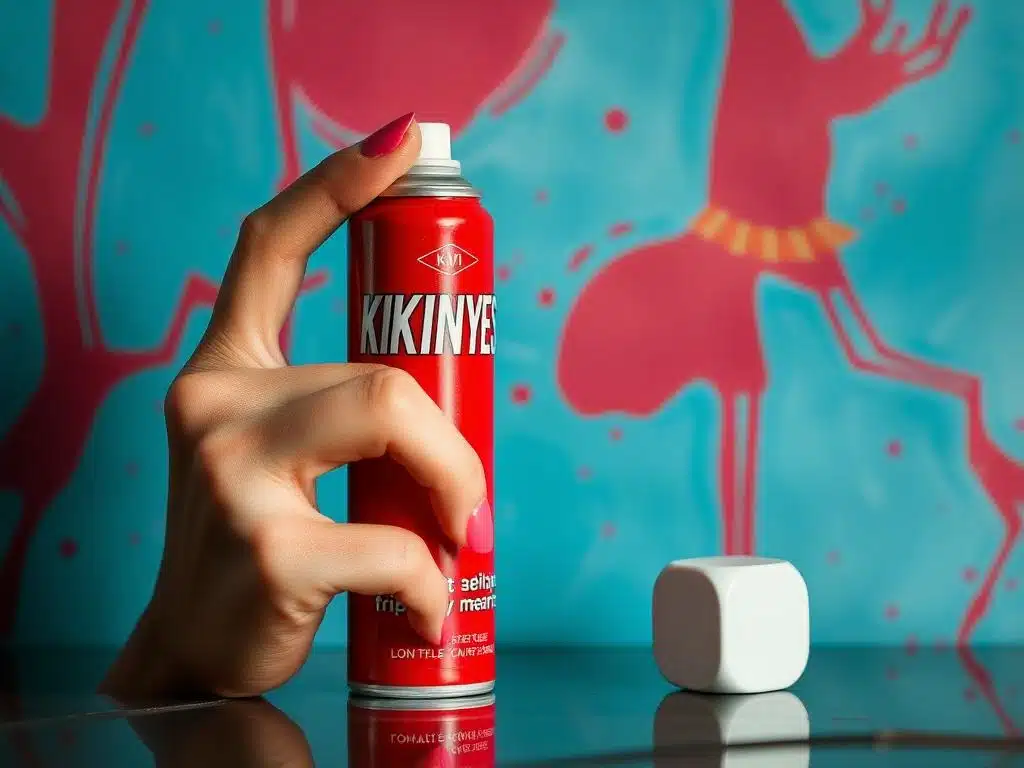
How To Sell Cosmetics On Walmart?
Walmart, a retail giant, has expanded its reach with the Walmart Marketplace, allowing third-party sellers to offer their products alongside Walmart’s own inventory.

What Are The Pros And Cons Of Dry Shampoo?
Ever wondered if using dry shampoo is good or bad for your hair?

Do I Really Need Setting Spray?
Are you wondering if setting spray is just another hyped-up beauty product, or is it a must-have in your makeup routine?
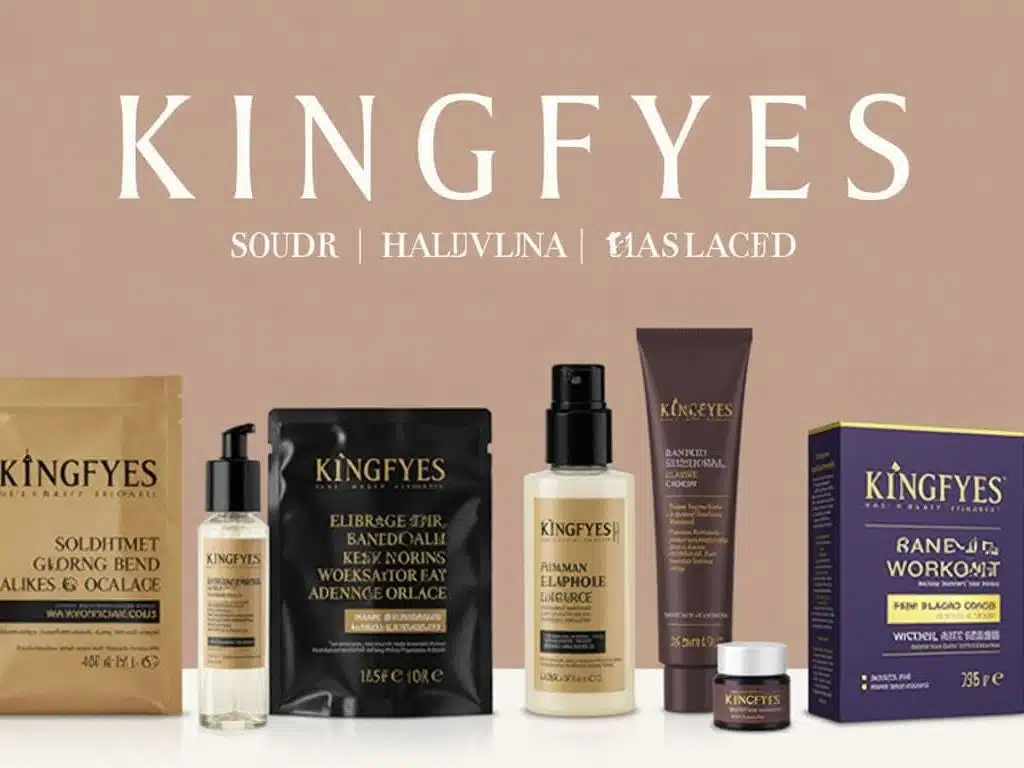
How Do I Create My Own Hair Beauty Brand?
Do you dream of launching your own hair care brand?

How Long Does Hair Fiber Spray Last On Hair?
Understanding how long hair fibers last is crucial for anyone looking to effectively manage thinning hair.
- +86 151 1839 7303
- [email protected]
- Mon-Sun 07:00-23:00
Tags
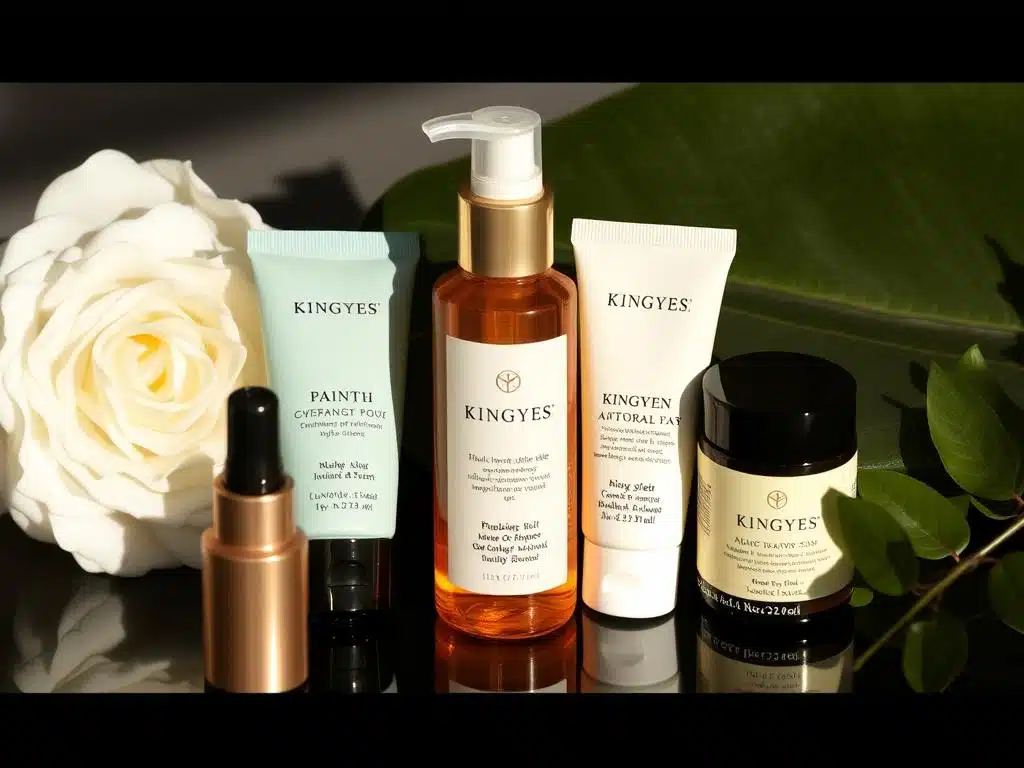
How To Sell Cosmetics On WeChat?
Are you ready to tap into the world’s largest beauty market?

How To Sell Cosmetics On Shopee?
Looking to sell cosmetics and tap into the booming e-commerce market of Southeast Asia?

How To Cooperate With Cosmetics Factories?
In the dynamic and competitive beauty industry, partnering with the right cosmetic manufacturer is paramount to the success of your cosmetics business.

